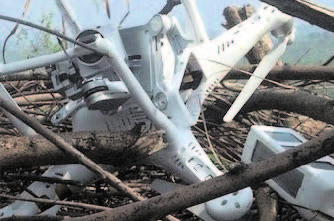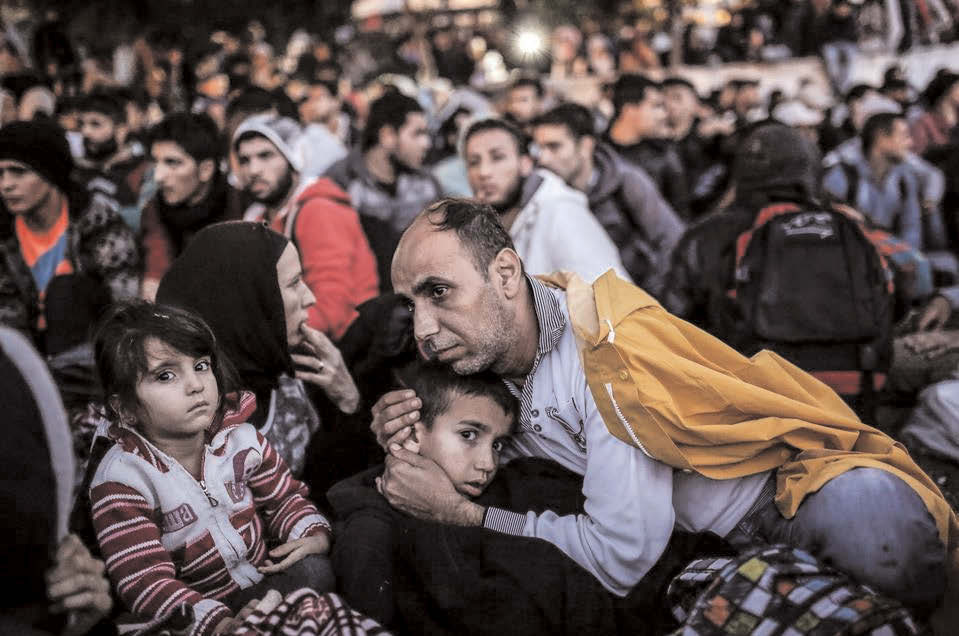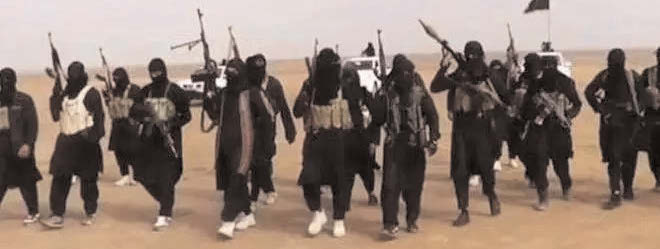
WASHINGTON (TIP): Kurdish forces fighting the Islamic State in northern Iraq last week shot down a small drone the size of a model airplane. They believed it was like the dozens of drones the terrorist organization had been flying for reconnaissance in the area, and they transported it back to their outpost to examine it.
But as they were taking it apart, it blew up, killing two Kurdish fighters in what is believed to be one of the first times the Islamic State has successfully used a drone with explosives to kill troops on the battlefield.
In the past month, the Islamic State has tried to use small drones to launch attacks at least two other times, prompting US commanders in Iraq to issue a warning to forces fighting the group to treat any type of small flying aircraft as a potential explosive device.
The Islamic State has used surveillance drones on the battlefield for some time, but the attacks — all targeting Iraqi troops — have highlighted its success in adapting readily accessible technology into a potentially effective new weapon. US advisers say drones could be deployed against coalition forces by the terrorist group in the battle in Mosul. For some US military analysts and drone experts, the episodes confirmed their view that the Pentagon — which is still struggling to come up with ways to bring down drones — was slow to anticipate that militants would turn drones into weapons.
“We should have been ready for this, and we weren’t,” said PW Singer, a specialist on robotic weaponry at New America, a think tank in Washington.
Military officials said that the Pentagon has dedicated significant resources to stopping drones but that few Iraqi and Kurdish units have been provided with the sophisticated devices that US troops have to disarm them. The officials said they have ordered the Pentagon agency in charge of dealing with explosive devices — known as the Joint Improvised-Threat Defeat Organization — to study ways to thwart hostile drones. This summer, the Pentagon requested an additional $20 million from Congress to help address the problem.
In recent months, the CIA and the Defense Intelligence Agency both rushed to complete classified assessments about the Islamic State’s drone use. And the secretary of the Army, Eric Fanning, recently assigned a special office he had created to respond to emerging threats and to study how to stop drones. Unlike the US military, which flies drones as large as small passenger planes that need to take off and land on a runway, the Islamic State is using simpler, commercially available drones such as the DJI Phantom, which can be purchased on Amazon. The group attaches small explosive devices to them, essentially making them remotely piloted bombs.
“This is an enemy that learns as it goes along,” said Lt. Gen. Sean MacFarland, the top US military commander in Iraq until August. Of the three known drone attacks in Iraq, only the one involving the Kurdish soldiers caused casualties. “The explosive device inside was disguised as a battery — there was a very small amount of explosives in it, but it was enough to go off and kill them,” said a senior US official who had been provided with a detailed report on the episode.





Be the first to comment